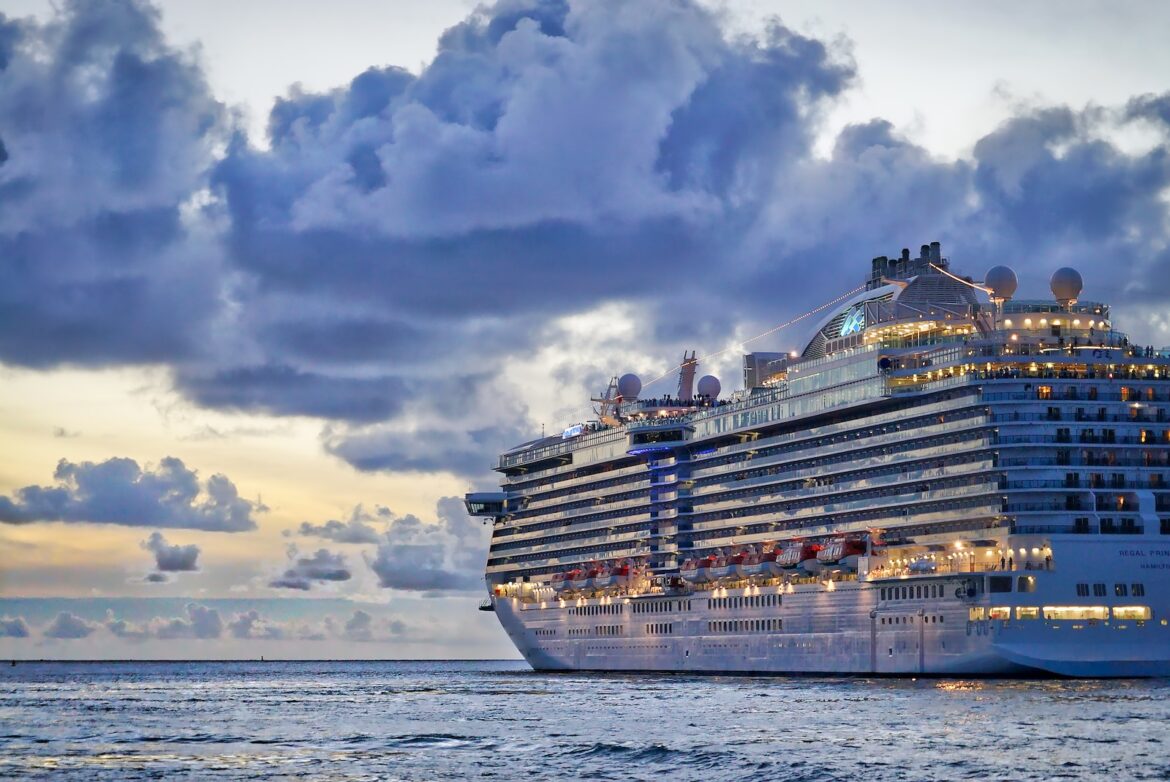The Causes of Cruise Ship Sinkings: Examining the Factors Behind the Loss of Life at Sea
Cruise ships are a popular way to travel, offering a luxurious and relaxing experience for passengers. Unfortunately, cruise ships can also sink, resulting in the loss of life at sea. In this article, we will examine the causes of cruise ship sinkings and the factors that can lead to the loss of life.
The most common cause of cruise ship sinkings is mechanical failure. This can include engine failure, electrical failure, or a failure of the ship’s hull. In some cases, mechanical failure can be caused by poor maintenance or a lack of safety protocols. In other cases, mechanical failure can be caused by extreme weather conditions or a collision with another vessel.
Another cause of cruise ship sinkings is human error. This can include mistakes made by the crew, such as failing to follow safety protocols or failing to respond to a warning. It can also include errors made by passengers, such as overcrowding the ship or engaging in dangerous activities.
Finally, cruise ship sinkings can be caused by natural disasters, such as hurricanes, tsunamis, or earthquakes. In these cases, the ship may be unable to withstand the force of the natural disaster and sink.
No matter the cause of a cruise ship sinking, the loss of life can be devastating. To prevent such tragedies, it is important to ensure that cruise ships are properly maintained and that safety protocols are followed. Additionally, passengers should be aware of the risks associated with cruise ships and take steps to ensure their own safety.
The History of Cruise Ship Sinkings: A Look at the Most Notable Incidents in Maritime History
Cruise ships are a popular way to travel, offering a luxurious and relaxing way to explore the world. But while most cruises are safe and enjoyable, there have been some notable incidents in maritime history involving cruise ship sinkings. Here’s a look at some of the most famous cruise ship sinkings in history.
The most famous cruise ship sinking of all time is the Titanic. On April 15, 1912, the Titanic struck an iceberg and sank in the North Atlantic Ocean. Of the 2,224 passengers and crew on board, only 706 survived. The sinking of the Titanic is remembered as one of the deadliest peacetime maritime disasters in history.
The sinking of the SS Eastland in 1915 is another notable incident. The Eastland was a passenger steamer that was carrying 2,500 passengers and crew when it capsized in the Chicago River. Of the passengers and crew on board, 844 died. The cause of the sinking was later determined to be an imbalance of weight on the ship.
The sinking of the MS Wilhelm Gustloff in 1945 is another tragic incident. The Wilhelm Gustloff was a German cruise ship that was sunk by a Soviet submarine in the Baltic Sea. Of the 10,000 passengers and crew on board, only 1,239 survived. This is the largest loss of life in a single ship sinking in history.
The sinking of the MS Estonia in 1994 is another notable incident. The Estonia was a car and passenger ferry that was carrying 989 passengers and crew when it sank in the Baltic Sea. Of the passengers and crew on board, 852 died. The cause of the sinking was later determined to be a faulty bow door.
The sinking of the Costa Concordia in 2012 is another notable incident. The Costa Concordia was a cruise ship that was carrying 4,229 passengers and crew when it ran aground off the coast of Italy. Of the passengers and crew on board, 32 died. The cause of the sinking was later determined to be a navigational error.
These are just a few of the most notable cruise ship sinkings in history. While these incidents are tragic, they serve as a reminder of the importance of safety and caution when traveling on the open seas.

